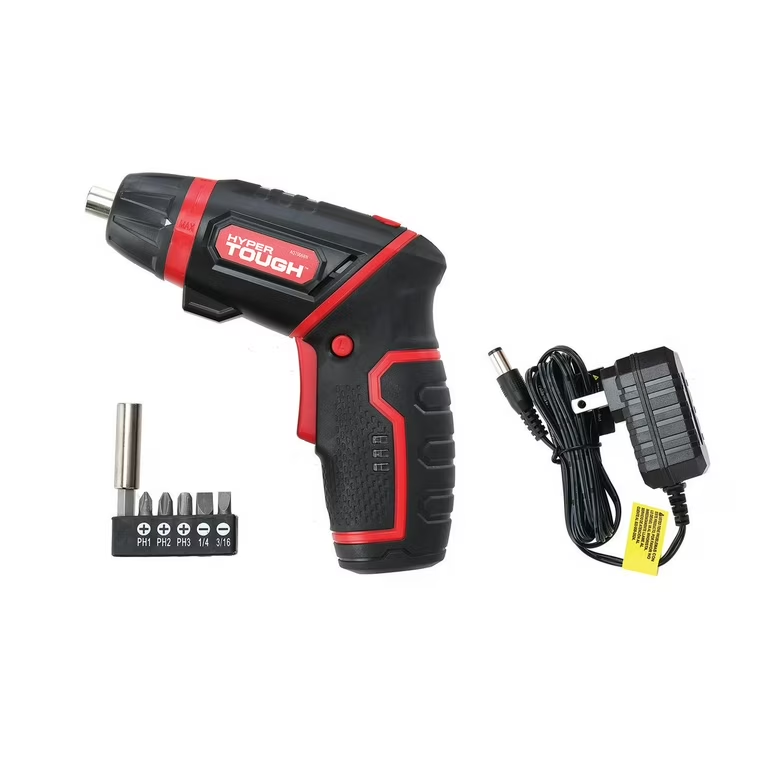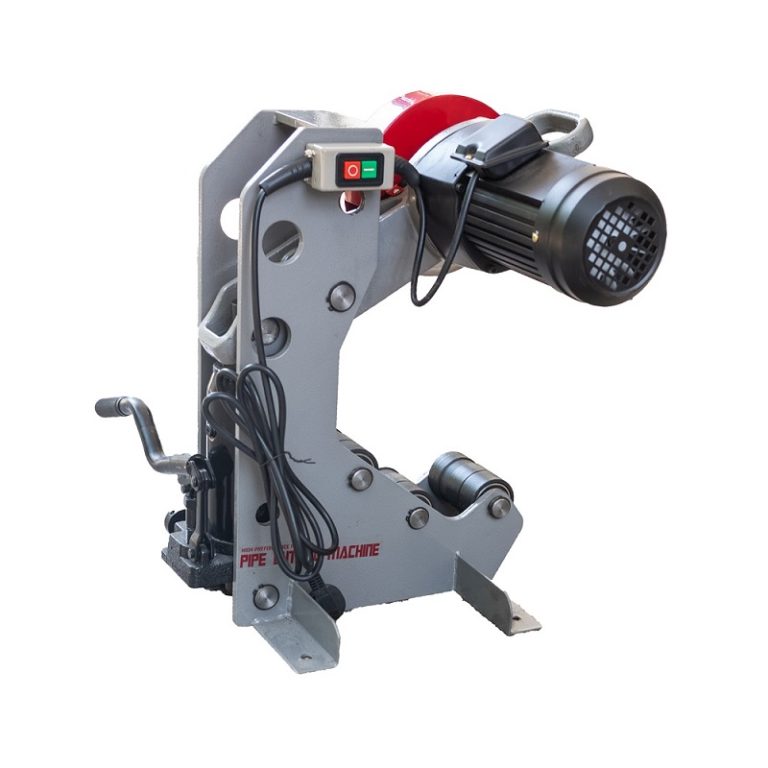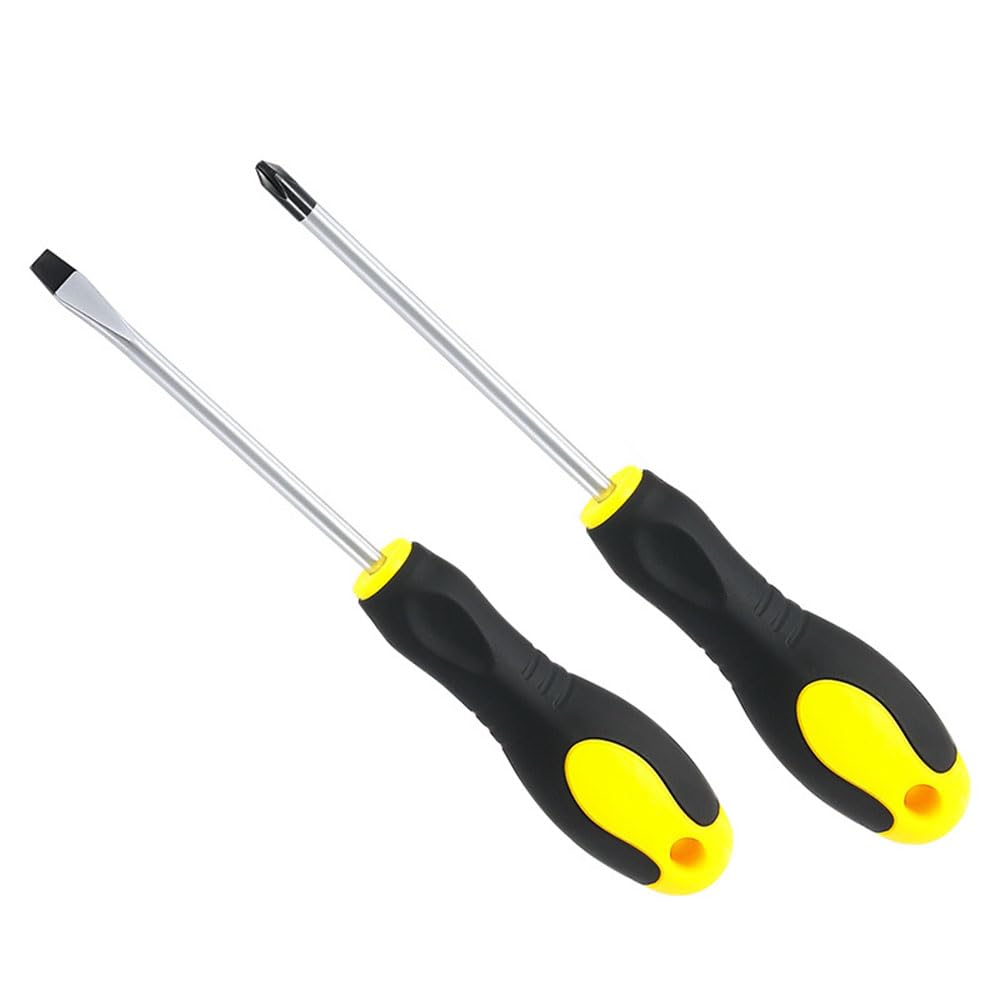
Flathead Screwdriver: Essential Tool for Your Toolbox
Types of Flathead Screwdrivers
Flathead screwdrivers are versatile tools in any toolbox. They feature a simple design. This design consists of a handle, shaft, and a flat-tip blade. Despite their simplicity, these flathead screwdriver come in various types.
Common Sizes and Their Uses
Flathead screwdrivers vary in size to fit different screw heads. The most common sizes you’ll find include small, medium, and large. A small flathead screwdriver works well for electronics and fine machinery. The medium size is the go-to for general household tasks. The large flathead screwdriver can handle tougher jobs, like automotive work. Knowing the right size ensures a proper fit. A proper fit reduces the chance of damaging screws.
Specialty Flathead Screwdrivers
Beyond the basic sizes, there are specialty flathead screwdrivers. These are for specific jobs. One example is the offset screwdriver. Its angled shape allows it to work in tight spaces. Another is a precision flathead screwdriver. It is for delicate work in electronics. Jewelers often use these for their precision needs. Cabinet tip screwdrivers have a narrower tip. This tip slips easily into the hardware used in cabinetry. Mechanics also use stubby flathead screwdrivers for spaces where length is a hindrance. Each specialty screwdriver serves a unique purpose. This purpose is to achieve the best result in a specific task.
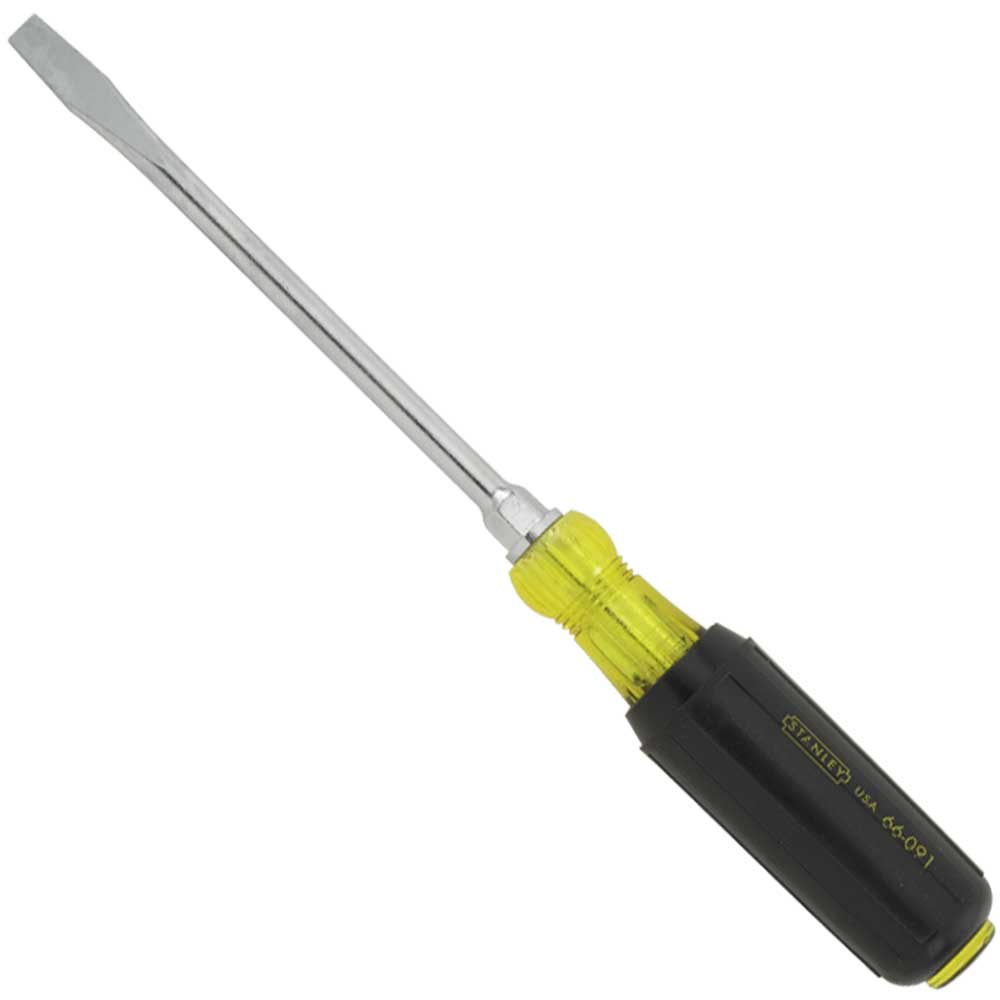
Materials and Durability
Choosing the right flathead screwdriver isn’t just about the size or type. The material of the screwdriver also plays a critical role in its performance and lifespan. In any toolbox, a flathead screwdriver that’s built to last becomes an invaluable asset. Let’s delve into the common materials used to construct these tools and how to ensure their longevity.
Common Materials Used
Flathead screwdrivers primarily come crafted from durable metals. Quality screwdrivers often have a blade made from steel. High-grade steel resists corrosion and withstands high torque. Chrome vanadium steel is a popular choice for its strength and durability. Some flathead screwdrivers feature a magnetic tip. This tip simplifies working with small screws. The handles may be made from various materials including plastic, rubber, or wood. Plastic and rubber handles offer good grip and electrical insulation. Wooden handles offer durability and a classic look, but may not provide insulation.
Tips for Ensuring Longevity
To ensure that your flathead screwdriver lasts, proper care is paramount. Here are some tips:
- Clean the blade after use. Wipe off any debris and oil to prevent rust.
- Store your screwdriver in a dry place. Moisture can lead to corrosion over time.
- Avoid using your flathead screwdriver as a chisel or pry bar. This misuse can damage the tip and handle.
- When working with stubborn screws, apply penetrating oil. This oil helps in loosening without exerting excessive force.
- Inspect your screwdriver regularly. Look for signs of wear and replace it if the tip is damaged or the handle compromised.
By choosing a flathead screwdriver made from high-quality materials and following these maintenance tips, your tool can serve its purpose for many years.
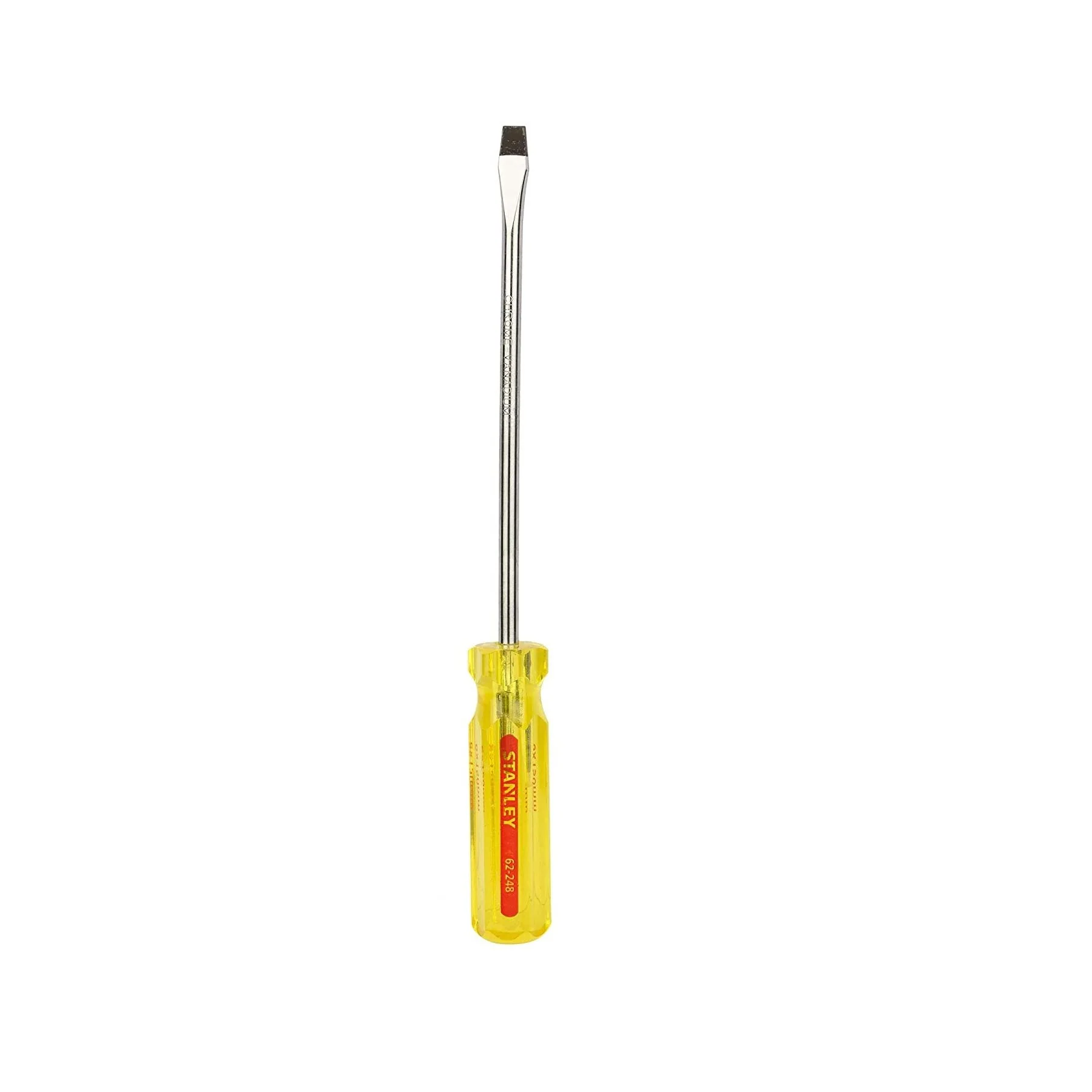
Applications of Flathead Screwdrivers
Flathead screwdrivers serve as indispensable tools in many scenarios. Their simplicity belies their utility. Let’s explore some of the common applications.
Household Repairs
In the realm of household repairs, a flathead screwdriver proves invaluable. From tightening hinges on doors to assembling furniture, its uses are numerous. It’s the tool you reach for when picture frames need securing and drawer knobs require fastening. Whether replacing batteries in a remote or tinkering with home appliances, a flathead screwdriver makes these tasks manageable. Keep one in your kitchen drawer or tool chest for easy access during everyday fixes.
Electrical Projects
For electricians and DIY enthusiasts, the flathead screwdriver is also essential. It’s often used in electrical projects, from mounting wall plates to connecting wires in a junction box. Always ensure that the screwdriver is rated for electrical work to prevent accidents. A reliable tool enables you to loosen or tighten slotted screws on electrical outlets and switch gears. It is important in achieving safe and effective results in various electrical tasks. Remember, safety comes first—use insulated flathead screwdrivers when working with electricity to reduce the risk of shocks.
How to Choose the Right Flathead Screwdriver
Choosing the right flathead screwdriver involves several factors. You must consider the job at hand and the tool’s features. Below, we cover key aspects that help ensure you pick the perfect screwdriver for your needs.
Size and Tip Considerations
When selecting a flathead screwdriver, the size and tip shape are vital. Match the screwdriver tip to the screw head size for a secure fit. A tip too small may slip and damage the screw head. A tip too large won’t fit at all. Check the width and thickness of the blade. If you are working with precision equipment, opt for narrower and thinner tips. For more demanding tasks, like in construction, choose wider and thicker tips for better torque transfer.
Handle Grip and Comfort
The handle is another crucial part of a flathead screwdriver. It affects your grip and overall comfort during use. Look for handles with a non-slip material such as rubber or textured plastic. These offer better grip, especially with sweaty hands or in wet conditions. Ergonomic handles reduce hand fatigue and make the tool easier to use. Handles should be a good fit for your hand size. A comfortable grip aids in applying the correct force and prevents hand strain over prolonged periods.
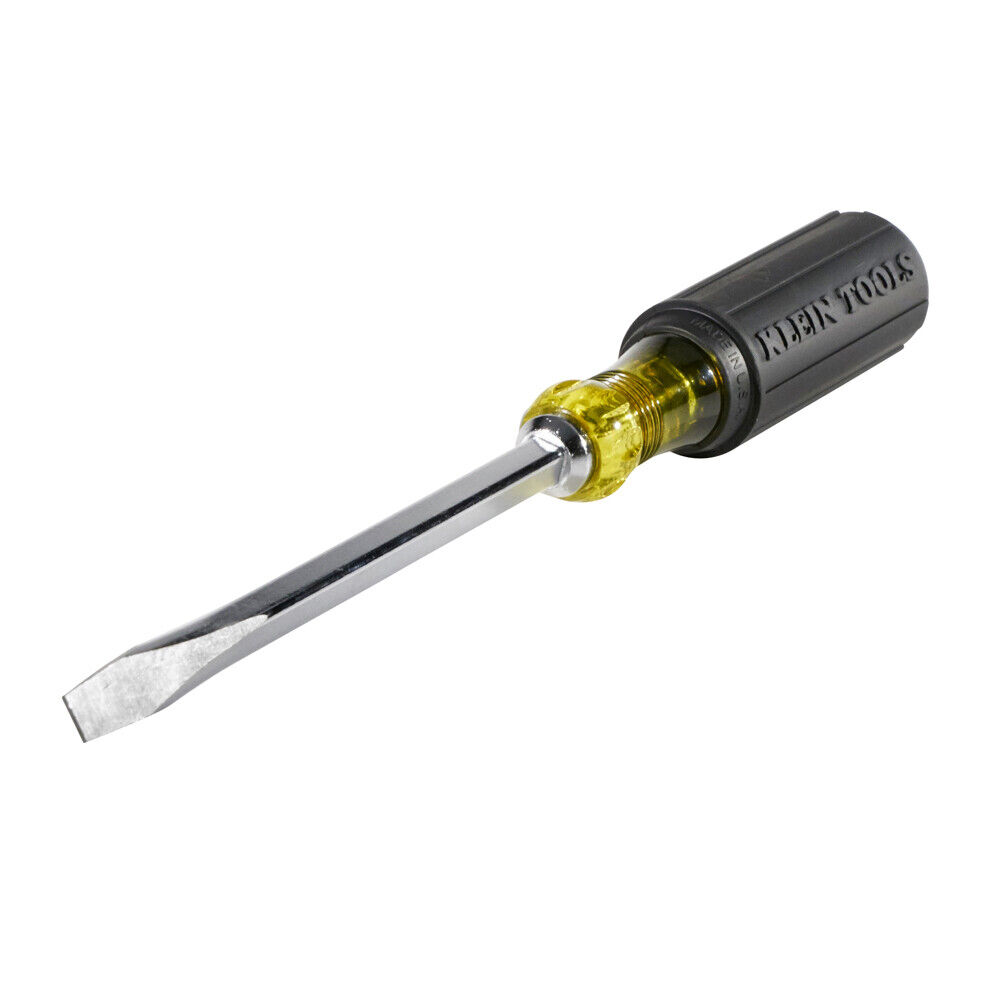
Maintenance and Care
Proper maintenance and care are essential for prolonging the life of your flathead screwdriver. With regular attention, you can ensure it continues to perform reliably when tackling various tasks. Maintenance not only involves cleaning and storage but also paying heed to how you use this indispensable tool.
Cleaning and Storage
Keep your flathead screwdriver clean and rust-free to maintain its condition. After each use, wipe the blade to remove dirt and debris. Use a cloth dampened with a bit of oil to prevent rusting. Organize your screwdrivers in a toolbox or a drawer with dividers. Keep them in an area with low humidity to avoid corrosion. By storing your flathead screwdriver properly, you protect its edges and ensure it’s ready for the next job.
Handling and Usage Tips
Handling your flathead screwdriver correctly will prevent damage and ensure safety. Use the right size and type of screwdriver for each task to avoid slipping or stripping screws. Apply pressure straight on to avoid bending the shaft. If a screw is tough to turn, use penetrating oil instead of forcing the screwdriver. Also, avoid using your flathead screwdriver as a lever or punch; this misuse can lead to damage. Regular inspections for damage or wear can help you determine when it’s time for a replacement.
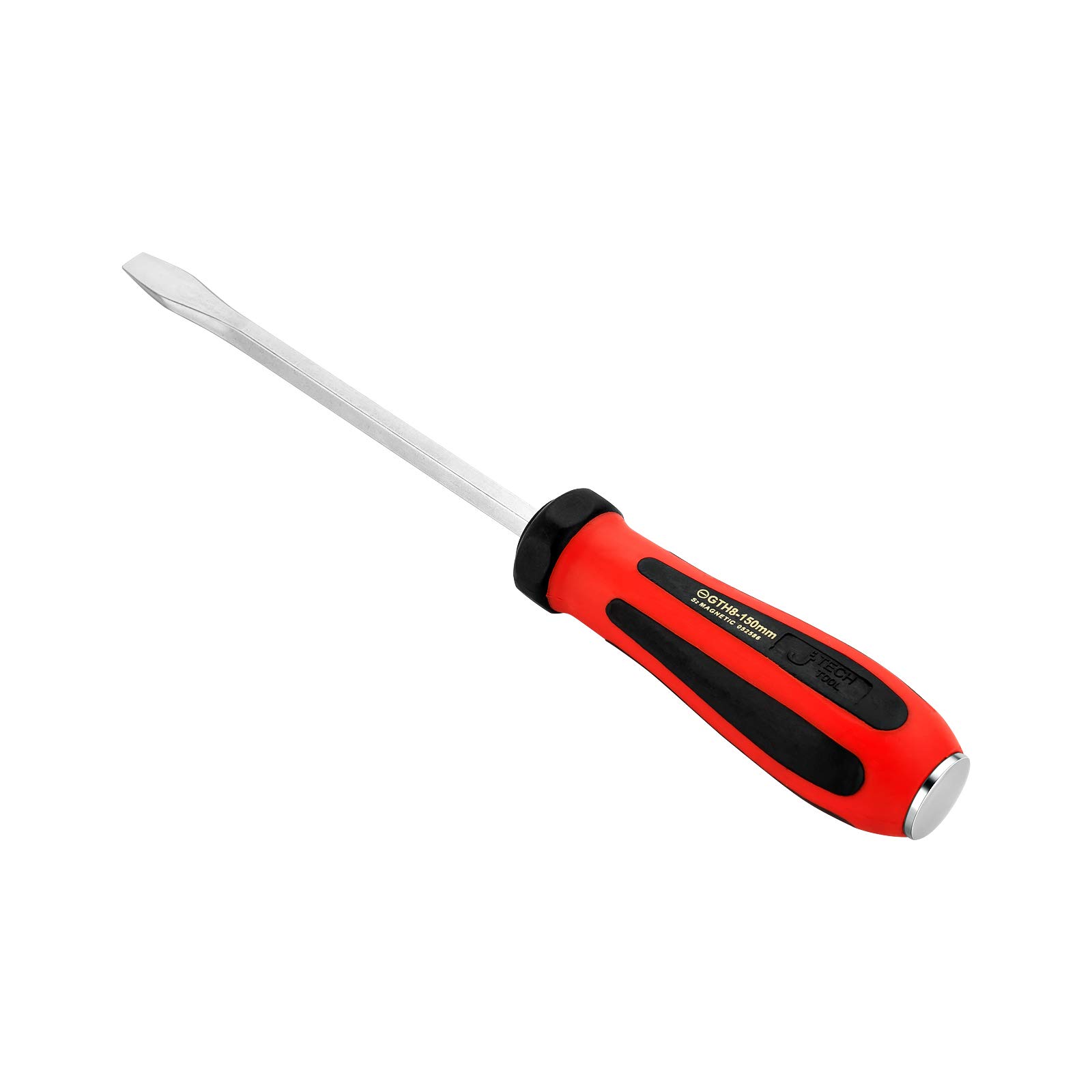
Safety Tips When Using a Flathead Screwdriver
While flathead screwdrivers are user-friendly, safety must always be a priority. Following certain tips and precautions can minimize risks during their use.
Proper Handling and Precautions
To use a flathead screwdriver safely, handle it with care. Always hold the handle firmly and apply pressure in a controlled manner. Make sure your hands are dry to avoid slipping. When applying torque, keep your body aligned with the tool to avoid awkward movements. Use the correct size screwdriver for the screw to prevent slipping off and possibly causing injury.
It’s also vital to wear appropriate safety gear. Eye protection shields you from any debris that might come loose when working with screws. If you’re working on electrical components, ensure the screwdriver is properly insulated. Regularly check the insulation for cracks or wear before starting electrical work.
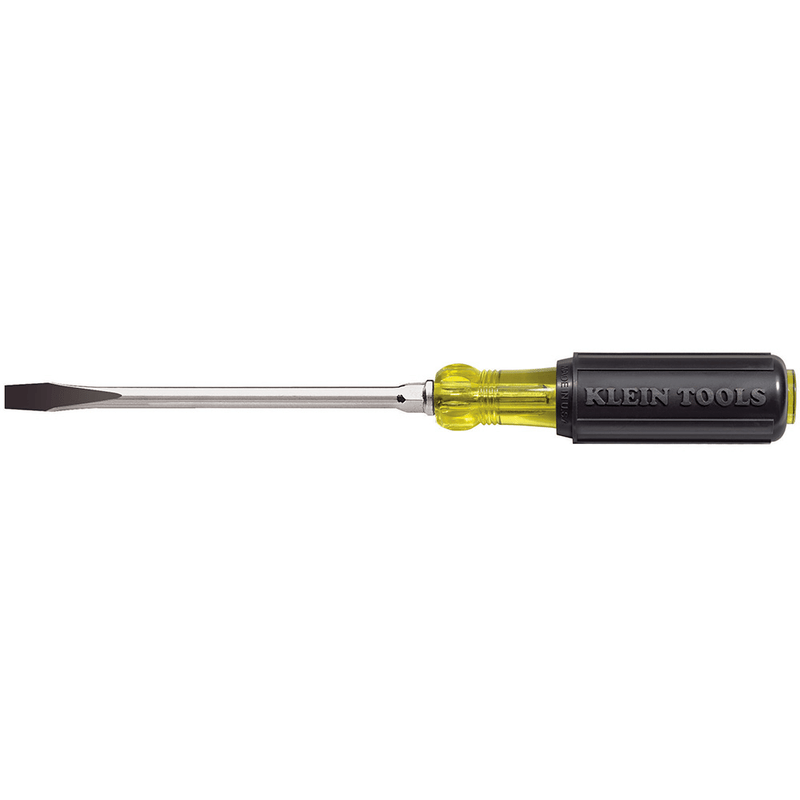
What to Avoid to Prevent Accidents
To avoid accidents, never use a flathead screwdriver for tasks it isn’t meant for. Avoid using it as a pry bar, chisel, or punch. These actions can damage the tool and lead to potential hazards. Don’t work with a screwdriver that has a damaged or worn tip, as it’s more likely to slip. Also, don’t force a screwdriver onto a screw; if it doesn’t fit, find a better-matched tool.
Do not carry a screwdriver in your pocket; if you slip or fall, it could cause an injury. Instead, use a tool belt or toolbox for transport. When passing a screwdriver to someone else, hand it over with the handle first. This practice prevents accidents and is a basic safety rule when working with others.By following these safety tips and using your flathead screwdriver with caution, you minimize the risk of accidents. You also ensure the longevity and reliability of this essential toolbox staple.
